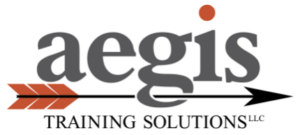In Person Training
Aegis Training Solutions provides crisis intervention training and certification for mental and behavioral healthcare professionals in hospitals, residential treatment centers, and other organizations.
eLearning
Aegis provides complete e-learning solutions for our (nonphysical) De-escalation Model. This is the same de-escalation material that would be presented in person by an Aegis Trainer.
